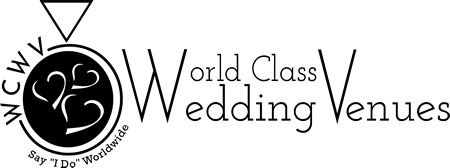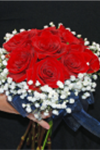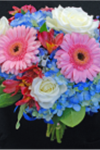World Class Wedding Venues made planning my destination wedding incredibly easy and stress-free!
- Leigh

World Class Wedding Venues
BlueTone Media
Get in Google Play Store

World Class Wedding Venues
BlueTone Media
Get in Google Play Store







Register to view full details.